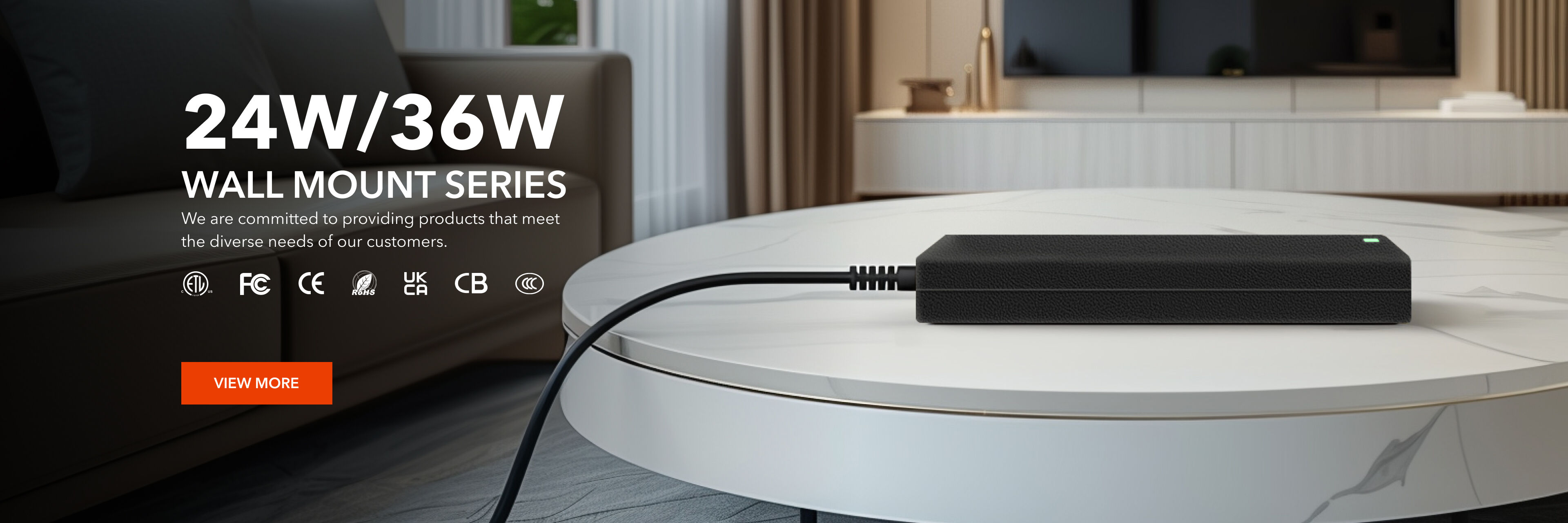Introduction
Our gizmos are the air that we breathe in this digital era. Needless to say having this dependency means you will need a reliable source of power. Although USB chargers are very common, not all of them were created equally. An unprofessional adapter can slow down the charging process, damage the device or even create safety hazards. In this article, we take you step-by-step to ensure that your USB charger works with your device and doesn't give you reason to complain about slow charging speeds.
Understanding USB Chargers
Types of USB Chargers As we discuss compatibility, it is important to know the types of USB chargers there are. Most popular are wall chargers that plug directly into an outlet. While the car chargers are perfect for charging while on the move, Portable power banks can come in handy if you love to go camping or hiking a lot. There are different types and standards within the USB universe as well such as USB-A, USB-B, USB-C, Micro-USB etc along with advanced technology like Power Delivery(PD) and Quick Charge with their own unique set of attributes.
Checking Device Compatibility
Before you do anything else, have a look into your manufacturer's charging guidelines for the device. These are important because they specify things about how charging works, like what voltages and currents should be supported.
Check Your Device's Charging Port Chargers with the wrong type of connector: Different devices use different USB ports so this could just frustrate you, but there I a possibility of damage if it is taken to extreme. However, if you are not sure of this information, then the manual or the manufacturer's website will be able to guide you properly.
Or even you can check the manufacturer's website or customer service when manual is ambiguous. They can provide better information about charger compatibility and may suggest chargers for your device.
How to Judge Charger Specifications
Clean Intelligence With the power requirements of devices sorted, you can then turn your attention to what your charger can deliver. The factors that you need to consider are:
Voltage(V): Make certain you know the output voltage of your charger meets with the input voltage of your gadget. However, too high will fry your device and too low will give you slow or no charging.
Current (A): The output current of the charger should be greater than or equal to the input current required by your device. Bare that in mind, some devices likely draw more current under load, so its always good to have a bit of headroom on your charger.
Charger Type: Check to ensure the connector of your charger corresponds with its port on yours. For instance, a USB-C charger will not work with Micro-USB port.
Safety Features—Chargers with safety ratings such as UL (Underwriting Laboratories), CE (European Conformity) or FCC Bush fire relief efforts are ongoing in many states.consumer. It means that the charger has passed in safety and performance tests. Make sure that it also has overcharge, overheat and short-circuit protection.
Using the Charger Safely
Follow these best practices to get the most out of your charger and keep your device safe.
Stay away from unauthorized third-party chargers That not to say that they are more affordable, but cheaper can also mean will even fall apart and damage your car.
Instead, keep an eye on the charging process so you can catch any signs of overheating before it becomes a real problem. If your device or the charger feels overly warm, disconnect it immediately and wait for it to cool down.
Avoid using the charger in shielding area to prevent heat buildup.
Note: If your charger is damaged, do not use it as it can be dangerous and may result in improper charging of the device.
Conclusion
The USB charger you are using with your device is one of the most important considerations when it comes to efficient charging and independent component lifespan, in short – how long your gear actually lasts. Follow the above steps, and you will be able to prevent common failings when supplying electrics to devices. Know what to charge your device with and when. Safety is key with charging!

